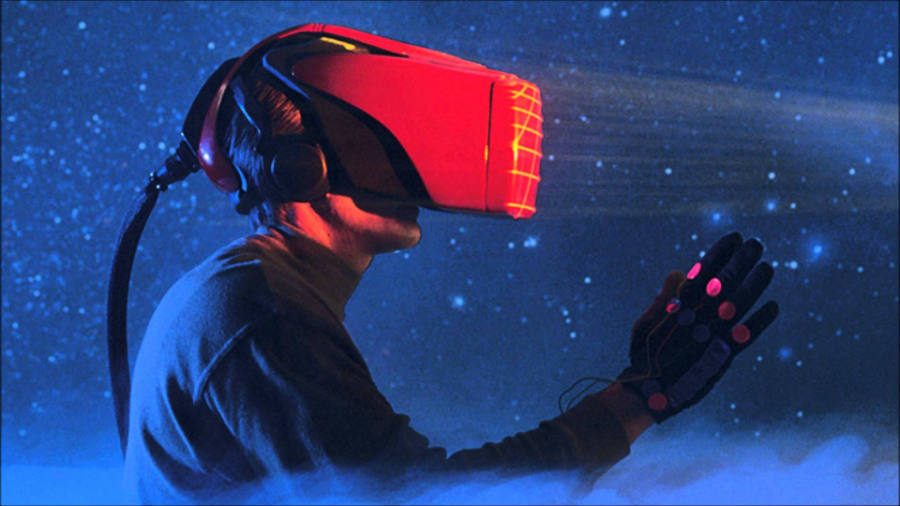Playstation VR is launching on October 13, and many customers are eager to bring the new device to their homes. However, people should keep in mind there are other options around.
Some of them are Facebook’s Oculus Rift and the HTC Vive for PC; Samsung Gear VR exclusive Samsung’s mobile devices, while Google’s Daydream VR will take off later this year; and of course Sony’s PS VR.
For the uninitiated, VR is an immersive experience in which the consumer dips into a three-dimensional world, while a sensor tracks the movements of the user’s head to make it like the experience or game moves with him.
Sony’s PlayStation VR uplifts console gaming
The gear comes with a headset, a processor unit, stereo headphones, and the necessary cables. The lenses have a 5.7-inches OLED display with 1080p RGB (960 x 1080 x RGB per eye) and 120Hz refresh rate. Field of view is approximately 100 degrees. Lastly, it comes with 3D audio processing.
The PlayStation VR will cost $399, however, the full gaming experience requires the PlayStation Move controllers and the PlayStation Camera. The bundle of both items costs around $60.
Source: Playstation
HTC VIVE: The premium gear
The HTC VIVE is collaboration between the Indian company, HTC, and the video game giant Valve – the makers of the iconic Half-Life series and the Steam platform.
The HTC plugs into PCs and works with the Steam ecosystem. It packs 70 sensors to offer 360-defree head-tracking and a 90 Hz refresh rate to keep latency up along a 2160 x 1200 OLED display. It also sports a field of view of 110 degrees, 5 x 11 feet tracking area, built-in audio and built-in mic. The Controllers are the Oculus Touch of the Xbox One controller.
It has a price of $799 and its minimum requirements are an Intel Core i5 4590, 4GB Ram, GeForce GTX 970 or AMD Radeon R9 290, HDMI 1.4 video port, DisplayPort 1.2, USB 2.0 port, and Windows 7 or newer.
Source: HTC Vive
Facebook’s Oculus Rift is stealing the show
The Oculus Rift plugs into a computer’s DVI and USB port and tracks head movement to provide 3D imagery on its stereo screens.
It boasts a 90Hz refresh rate, 2150 x 1200 OLED screen, 90Hz refresh rate, 110 degrees of view, 5 x 11 tracking area, and built-in audio and mic. It is compatible with any PC gamepads, but there is also a SteamVR controller.
It costs $600. The minimum requirements are similar to that of the HTC Vive, but the Oculus Rift requires 8GB Ram or more and an HDMi 1.3 video output or better.
Source: Oculus
Samsung Gear VR is the cheapest of them all
The Korean company upgraded its VR, so it has more space inside the headset. The virtual experience depends on the smartphone. Compatible devices are Galaxy Note7, S7, S7 Edge, Note 5, S6, S6 Edge, and S6 Edge +.
The gear rocks a field of view of 96 degrees, 60Hz refresh rate, 2560 x 1440 Super AMOLED screen, and built-in mic and audio. It cost $99, so it is on the cheap end of the spectrum.
Source: Samsung
Microsoft Hololens: holographic computing
This one is not a copycat of the big VR headsets. Instead, it blends virtual and augmented reality to make for an ambitious project.
The device merges real-world elements with virtual holographic images, meaning a player could look at Minecraft on the kitchen floor, or walk around the surface of the Moon right in the living room.
It uses Kinect technologies to capture gestures and voice commands, has a 120-degree field of vision on both axes, and handles high-definition visuals. More importantly, it requires no PC, as it will come with a full Windows 10 system and runs on battery.
The full product is not out yet, but customers can buy a developer edition for $3,000.
Source: Microsoft Hololens







